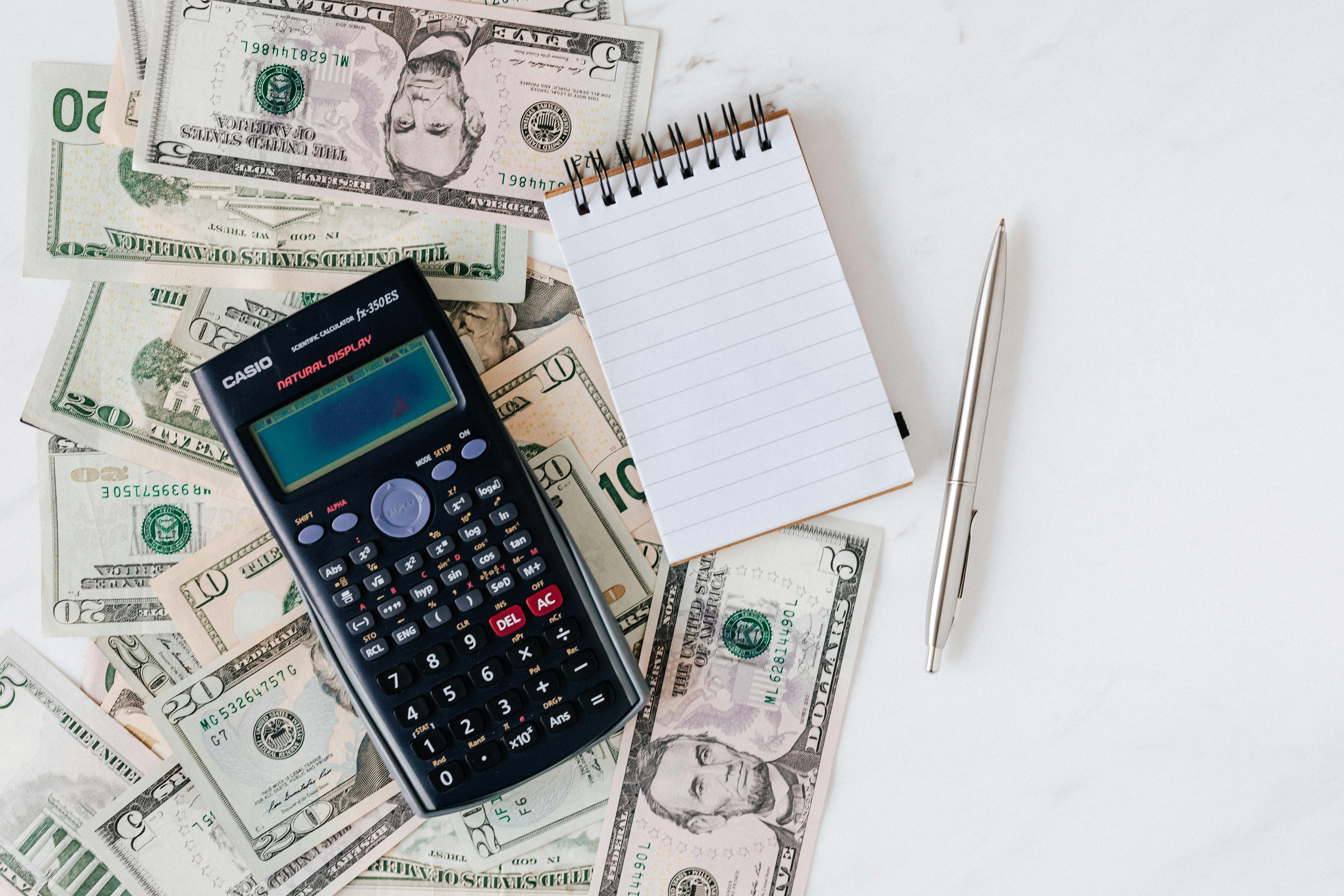Financial Freedom: What It Really Means and How to Get There (Without Going Extreme)
Let’s get one thing straight: financial freedom isn’t about being rich. It’s about options. It means you get to choose how you spend your time — not just how you spend your money. No more living paycheck to paycheck, no more panicking over surprise bills, and no more working a job you hate just to keep the lights on.
Sounds good, right? The path to get there might be simpler than you think. It’s not about penny-pinching or crypto speculation — it’s about smart planning, a little patience, and a few habits that add up to big change over time.
What Is Financial Freedom, Really?
Forget what social media tells you. Financial freedom isn’t Lamborghinis and passive income from a mysterious online course. It’s when you can cover your expenses with little to no stress — and ideally, with income that doesn’t require constant effort.
In practice, this might look like:
- Paying your bills on time — with extra left over
- Having 3–6 months of emergency savings
- Working because you want to, not because you have to
- Feeling secure enough to take a break, switch careers, or start something new
The Freedom Ladder
Think of financial freedom as a ladder. Each rung gets you closer to independence. Here's a visual breakdown:
| Rung | Level of Freedom | Description |
|---|---|---|
| 1 | Basic Stability | All essential bills covered monthly |
| 2 | Emergency Buffer | 3–6 months of savings for surprises |
| 3 | Debt-Free (Mostly) | High-interest debt paid off |
| 4 | Investing Consistently | Regularly contributing to retirement or brokerage accounts |
| 5 | Work Optional | Your investments or passive income cover your living expenses |
The 5 Habits That Get You There (Slowly but Surely)
- Track Your Spending (Without Judgment)
You can’t improve what you don’t measure. Use an app or notebook to track where your money goes for a month — it’s usually eye-opening. - Automate Your Savings
Set up auto-transfers to a savings account right after payday. If you wait until “the end of the month,” chances are, there won’t be much left. - Kill High-Interest Debt First
Credit cards charging 22% interest are financial quicksand. Focus on paying those off before investing heavily elsewhere. - Invest Early and Often
Even $50/month in a low-cost index fund adds up over time. Start small, stay consistent. Time in the market beats timing the market. - Increase Income (Yes, You Can)
Cutting lattes won’t change your life — but earning an extra $200–$500/month might. Consider freelancing, part-time work, or monetizing a skill.
Quick Wins That Take Less Than 30 Minutes
- Cancel unused subscriptions
- Open a high-yield savings account
- Call your internet or phone provider and ask for a better rate
- Set up auto-pay on credit cards to avoid late fees
- Use a cashback browser extension (like Rakuten or Honey)
How to Stay Motivated When It Feels Slow
Let’s be real — building financial freedom isn’t always exciting. It’s slow. Some months feel like nothing is happening. But it helps to track progress with what I call the “
Every time your net worth increases by $5,000 — whether by saving, investing, or debt payoff — you mark it down. Celebrate it. Doesn’t need to be a party. Just notice it. That momentum is gold.
Tools Worth Using in 2025
- YNAB (You Need A Budget): Ideal if you want total clarity and control
- Chime: Great for automatic saving and early paycheck access
- Empower: Excellent for tracking net worth and investment performance
- Rocket Money: Helps cancel unused subscriptions and track bills
One Last Thing: It’s Not All or Nothing
Don't wait until you’re debt-free or making six figures to start building freedom. Every little action — saving $50, learning about Roth IRAs, saying no to another “buy now pay later” ad — moves you closer.
Give yourself permission to go at your own pace. You’re not behind. You’re on your way.

Financial freedom isn’t a destination. It’s a lifestyle. And you’re already on the path.
